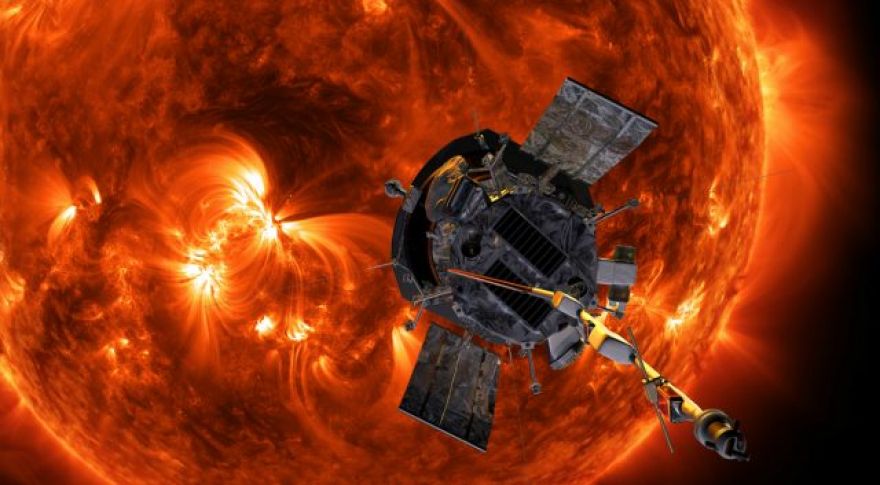
NASA’s Parker Solar Probe Sets Two Records During Latest Flyby of the Sun
NASA’s Parker solar probe started its journey by setting a record — the fastest rocket launch in history. It’s gone on to set several other records as it studied the sun in unprecedented detail. NASA now reports that Parker has during its latest trip past the sun. Setting records is all well and good, but NASA also says the probe is working splendidly and collecting valuable data.
Studying the sun up close is a complicated endeavor. As you’d expect, the surface of the sun is extremely hot, but the corona around it is 300 times hotter at more than 1 million Kelvin.
Parker completed its fourth close pass of the sun late last week (known as perihelion), and NASA got the all-clear from the probe over the weekend. The spacecraft reported “Status A,” which is the best of four possible status conditions. That means all the probe’s systems are in working order and it succeeded in collecting the requested science data.
During that trip through the corona, Parker reached a speed of 244,255 miles per hour (about 393,044 kph). That breaks the previous record of 153,454 miles per hour (247,000 kph), which was also held by Parker following its November 2018 transit. Parker also smashed its previous record for the closest manmade object to the sun at a distance of just 11.6 million miles (18.6 million kilometers). Previously, it set the record at 26.55 million miles (42.7 million kilometers).
We can expect the Parker Solar Probe to continue setting records through 2024. With each pass, Parker will increase its speed and move closer to the surface of the sun. By the end of the mission, NASA expects Parker to reach 430,000 miles per hour (690,000 kph), which is 0.064 percent the speed of light. At that point, it will pass within just 3.8 million miles (6.2 million kilometers) of the sun. Parker has already revealed tantalizing and magnetic fields. No one knows what it might discover in the coming years.
Now read: